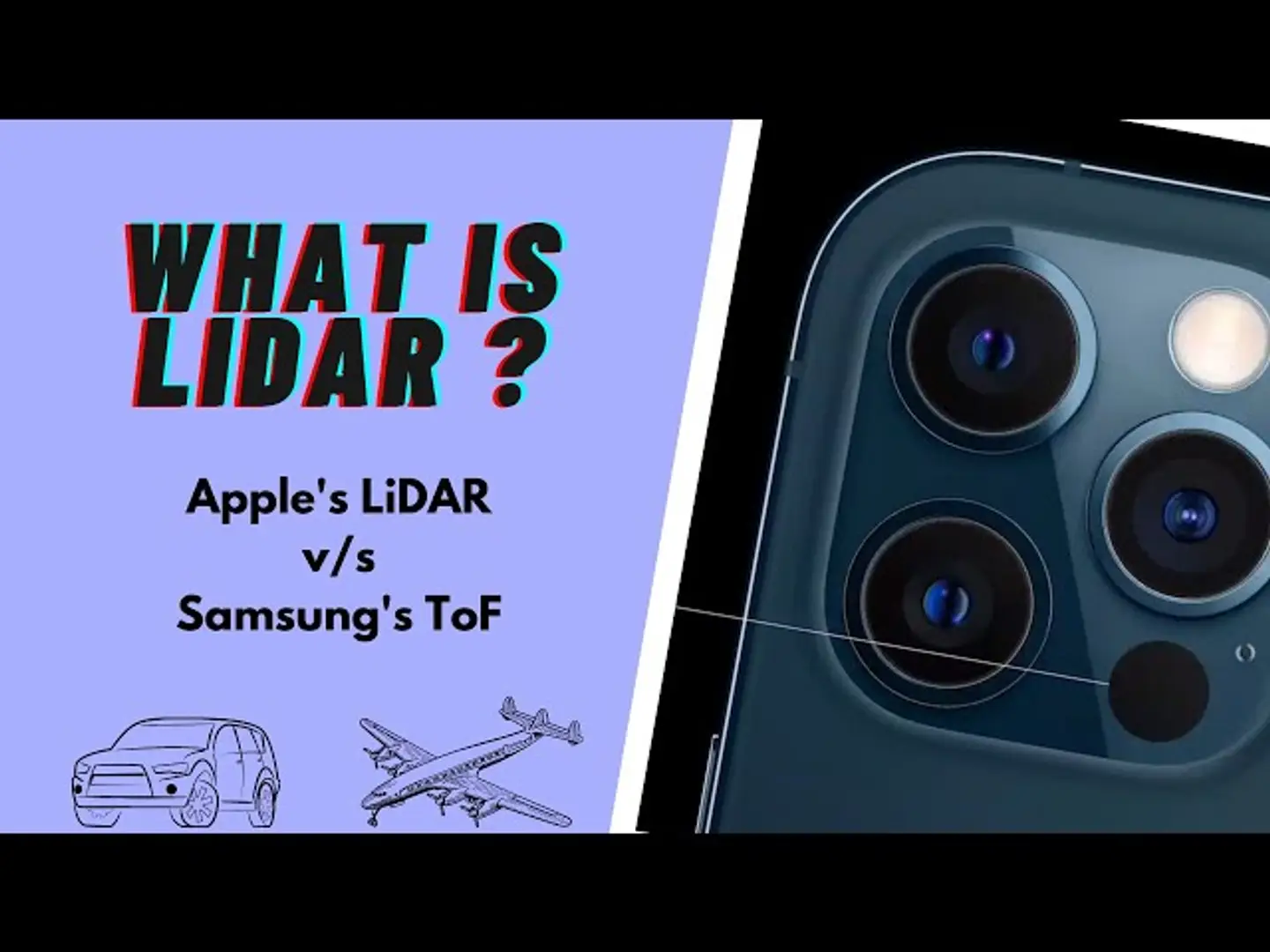
All

"Apple’s LiDAR vs. Samsung’s ToF Sensors – Depth Mapping Compared"
Apple’s LiDAR vs. Samsung’s ToF Sensors – Depth Mapping Compared
FULL VIDEO
Overview:
In the realm of smartphone photography and augmented reality (AR), depth sensing technologies play a crucial role. Apple’s LiDAR (Light Detection and Ranging) and Samsung’s Time-of-Flight (ToF) sensors are two leading technologies that enhance the user experience by providing accurate depth mapping. This comparison explores how each technology operates and their respective advantages in capturing stunning images and immersive AR experiences.
Highlights:
- Apple’s LiDAR sensor is integrated into the latest iPhone models, enabling faster autofocus in low-light conditions and advanced AR capabilities. Its ability to measure distances by bouncing light off objects allows for precise depth mapping. On the other hand, Samsung’s ToF sensors are primarily used in their Galaxy series, providing enhanced portrait photography and depth detection for improved image quality and AR functionalities.
Features:
Apple’s LiDAR:
- Distance Measurement: Uses laser light to measure distances with high accuracy, resulting in precise depth information.
- Low-Light Performance: Offers improved autofocus in dim conditions, making it ideal for night photography and low-light environments.
- AR Capabilities: Enhances AR experiences by accurately mapping the environment and allowing for realistic placement of virtual objects.
Samsung’s ToF Sensors:
- Depth Detection: Utilizes infrared light to measure the time it takes for light to return, generating depth data for images.
- Portrait Mode Enhancement: Improves the quality of portrait shots by effectively separating subjects from the background.
- Real-Time Depth Mapping: Provides real-time depth information for better AR interactions and effects.
Pros:
Apple’s LiDAR:
- Superior accuracy and speed in depth measurement.
- Excellent performance in low-light conditions for photography.
- Advanced AR capabilities with a focus on realistic interactions.
Samsung’s ToF Sensors:
- Effective for enhancing portrait photography and depth-of-field effects.
- Reliable performance in various lighting conditions.
- Integration with Samsung’s camera software for added features.
Cons:
Apple’s LiDAR:
- Limited to newer iPhone models, potentially excluding some users.
- Higher price point associated with Apple devices.
Samsung’s ToF Sensors:
- May not match the precision of LiDAR in certain scenarios.
- Performance can vary based on device and software optimizations.
Benefits:
Apple’s LiDAR is ideal for users who prioritize high-precision depth mapping, especially in low-light environments and AR applications. Its technology enhances the photography experience, making it a strong choice for creatives and AR enthusiasts. Samsung’s ToF sensors offer a great balance between enhanced portrait photography and real-time depth detection, appealing to users who enjoy capturing high-quality images with a focus on user-friendly features.
Conclusion:
Both Apple’s LiDAR and Samsung’s ToF sensors provide distinct advantages in depth mapping and photography. Apple excels in accuracy and low-light performance, making it a top choice for professionals and AR developers. In contrast, Samsung’s ToF sensors enhance portrait photography and provide reliable depth detection, catering to casual users who appreciate quality images. Ultimately, the choice between the two technologies will depend on user preferences, photography needs, and device compatibility.
Related Posts
© 2025 Invastor. All Rights Reserved

User Comments